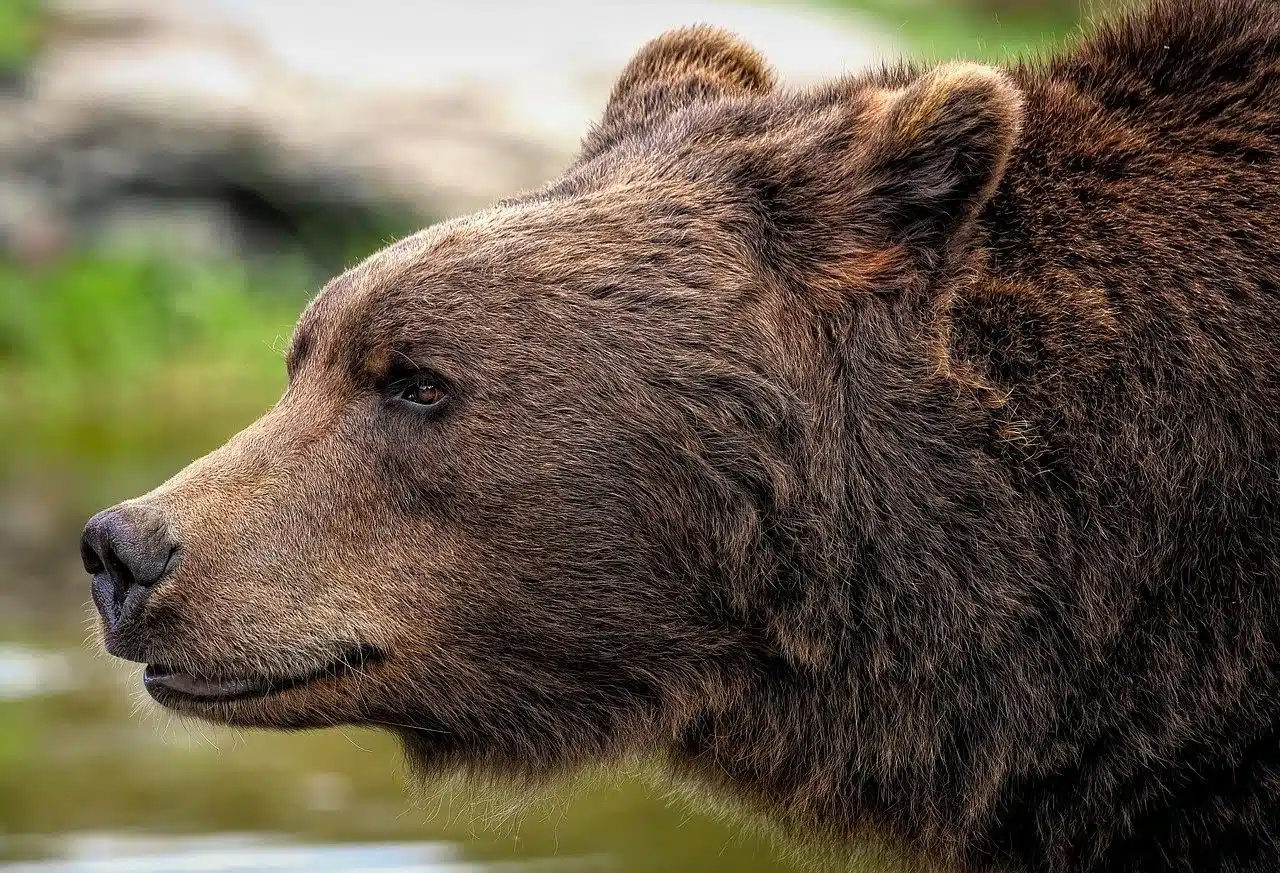
Bears are plantigrade animals.
Bear is a term that comes from the Latin ursus and that allows us to name a certain type of animal . Bears belong to the Ursidae family and are plantigrade mammals (because they move supporting the entire sole of their feet).
They are usually classified as omnivores since, in addition to feeding on other animals, they usually eat plants and fruits. The characteristics of their diet depend largely on the habitat in which each bear lives and the possibilities of the season.
Regarding their physique, bears have small eyes and ears. They are very heavy animals, with large limbs that allow them to support their structure. Bears have a highly developed sense of smell , unlike their sight and hearing.
Although the size varies according to each species , it can be said that the largest bears measure almost three meters in length and weigh close to a ton. Paleontologists have even found fossils of prehistoric bears that would have measured about 3.5 meters and weighed more than a ton and a half.
Types of bears
One of the most popular bears in the world due to its particular fur is the panda . This animal that lives in Asia and feeds mainly on bamboo , is at risk of extinction.
Another very common bear is the brown bear , characteristic of the forests of North America . The polar bear , for its part, stands out for its white fur and for being, along with the Kodiak bear , one of the largest carnivores among those that live on the earth's surface.

The polar bear suffers the consequences of global warming.
Climate change
In recent decades, excessive pollution has turned almost all the world's habitats upside down; One of the most affected has been the arctic regions where polar bears live. Of the 19 varieties that exist within what we know as polar bears, 5 of them are in a state of worrying vulnerability. Among the causes of this statistic is the melting of the polar caps that make life increasingly difficult for these species and in addition to this the fact that for more than twenty years they have been victims of indiscriminate hunting by hunters from all over the world.
It is estimated that if the wear and tear in their ecosystems continues to increase to the same extent within about 50 years, more than 30% of the number of individuals that make up this species (we are talking about living beings with a desire to live, to fight, to be happy) will have missing.
Among the many measures that need to be taken is the planning of clear restriction measures against hunting this species, which is seriously threatened. It is also worth mentioning that it is estimated that a large percentage of them are murdered illegally. Many of these hunters argue that it was self-defense because the bears were going to attack them. At this point it is worth highlighting that these animals are extremely reluctant to face similar dangerous situations, generally when they see a human they flee.
In addition to the deterioration of their ecosystems, polar bears are exposed to many pesticides that ships eliminate into the Arctic water; Likewise, the seals they hunt usually contain many toxins in their fat due to the same cause, and this causes the death of many polar bears.
When it comes to global warming, it is essential that we make drastic changes in our lifestyles in order to provide long-lasting life for our planet. One of the things that is being carefully studied is the importance of making changes to our diet to help rebuild various habitats and give nature the time and tranquility it needs to heal.
